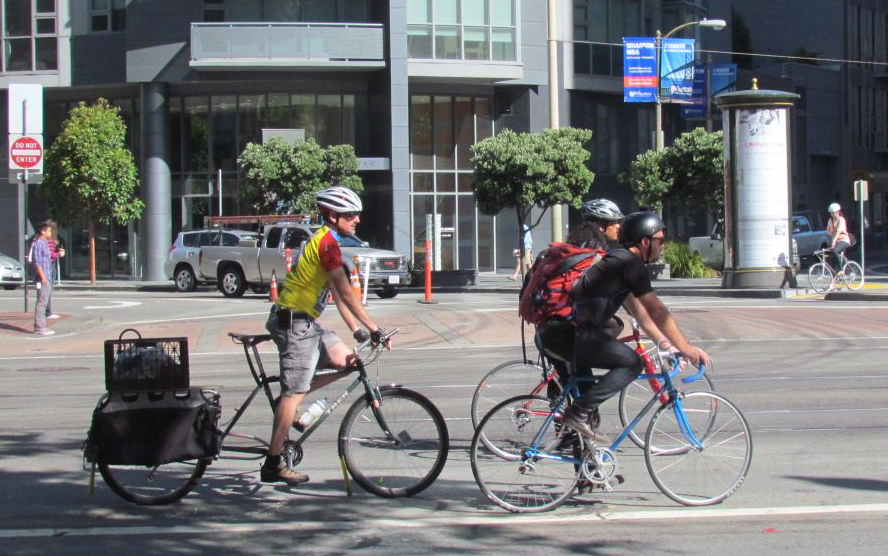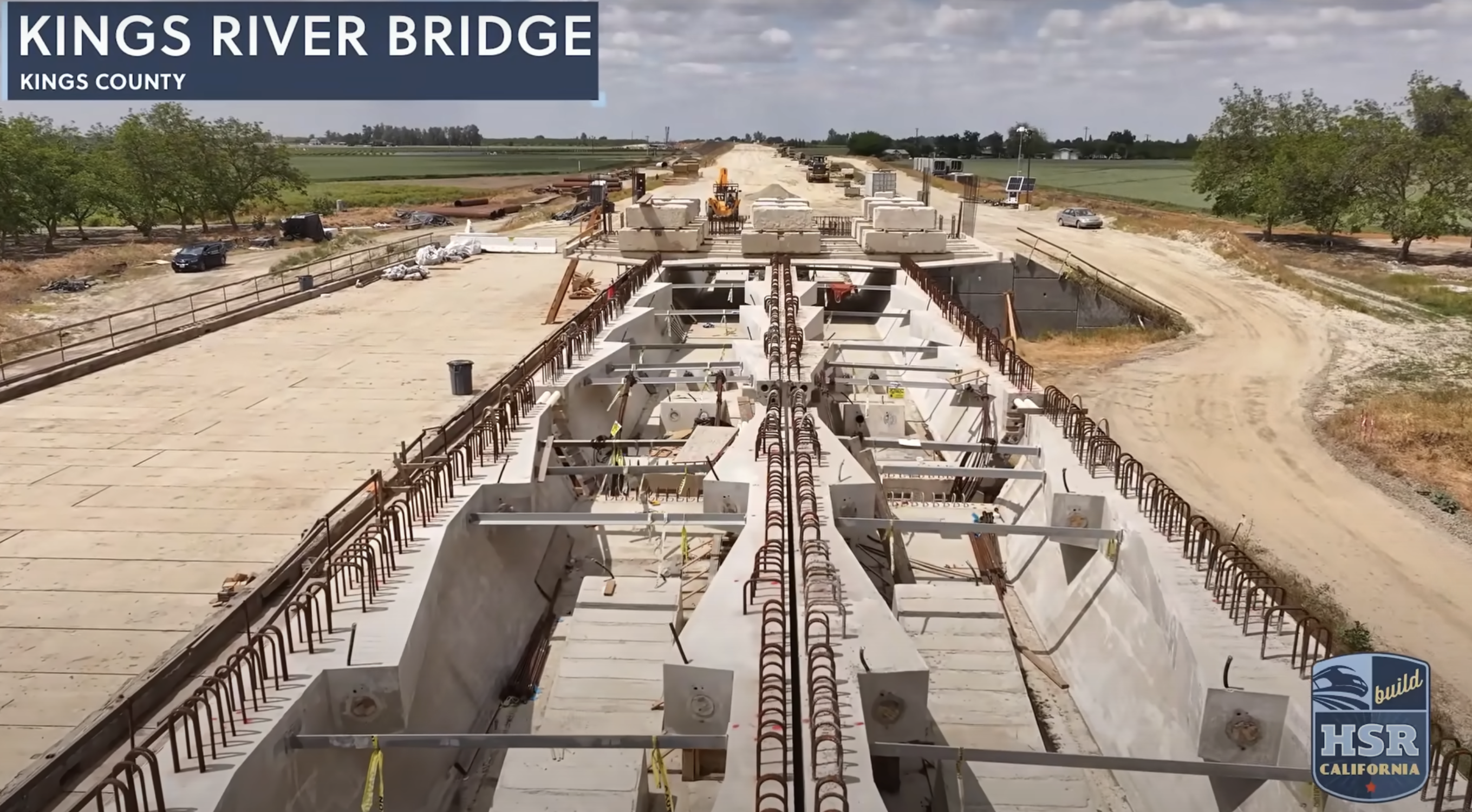Note: GJEL Accident Attorneys regularly sponsors coverage on Streetsblog San Francisco and Streetsblog California. Unless noted in the story, GJEL Accident Attorneys is not consulted for the content or editorial direction of the sponsored content.
It certainly feels better when there's money to give out. In contrast to the last several years of cutting projects and tightening budgets, yesterday's California Transportation Commission (CTC) meeting approved a lot of spending: the commissioners voted to approve staff recommendations for over $2 billion in projects to be funded by the gas tax.
Most of the public comment was some variety of “thank you so much, now let's do it.”
The projects, in three programs: Solutions for Congested Corridors, Local Partnerships, and Trade Corridor Enhancement, have not changed since staff announced their recommendations, but the new links above include more details about the projects that were included.
At the same meeting, commissioners also approved guidelines for the fourth round of funding of the Active Transportation Program. With that approval, the call for projects can go out, and it is expected to be up on the CTC website by the end of the week.
CTC staff conducted ten workshops over the last eight months or so to get feedback from Caltrans, regional and local transportation agencies, and advocates throughout the state on how best to update the guidelines.
The biggest change to the guidelines for Cycle 4 is that the applications are divided into five categories. This should make things somewhat easier for applicants, and also those who score and rank the submitted applications. The categories are:
- Large project (costing more than $7 million)
- Medium project (between $1.5 million and $7 million)
- Small project (less than $1.5 million)
- Non-infrastructure
- Plan
The new guidelines also expand the definition of what constitutes a disadvantaged community. To receive credit for benefiting a community that has been neglected—which can raise the score of a project and increase the likelihood of getting funding through the very competitive program—a project has to “clearly demonstrate, with verifiable information, a direct, meaningful, and assured benefit to a disadvantaged community.” That is, it must “fulfill an important need of low-income people in a way that provides a significant benefit and targets its benefits primarily to low-income people while avoiding substantial burdens on a disadvantaged community.”
The new guidelines allow a project to define the disadvantaged community using either CalEnviroScreen, median household income, national school-lunch program eligibility, tribal boundaries, or an ATP-approved regionally developed definition.
Notable is the cost of the ATP projects compared both to the costs of other projects and to the expectations laid on the ATP. The program is charged with encouraging walking and biking, increasing safety and health benefits for every road user who is not in a car, reducing greenhouse gas emissions, and doing all of that in an equitable way.
Commissioners and other speakers heaped praise on CTC staff for working to meet those high expectations. At one point, they gave Laurie Waters, who spearheaded and guided the ATP workshops, a well-deserved standing ovation.
“She helped create an inclusive space,” said Esther Postiglioni of Cal Walks. “We're looking forward to seeing the projects that will come through under the new guidelines.”
“[Waters] conducted truly collaborative workshops, and took into consideration everyone's needs and opinions,” said Linda Khamoushian of CalBike. “This is the best program that the CTC has to offer,” she continued. “And communities around the state are ready to apply, to create safe, reliable, accessible, affordable options for getting around.”
“We have seen this program continue to improve, and it will bring meaningful impacts to communities,” said Erika Rincon of PolicyLink. “This is a model we should institutionalize across all CTC programs, and across all state agencies.”






